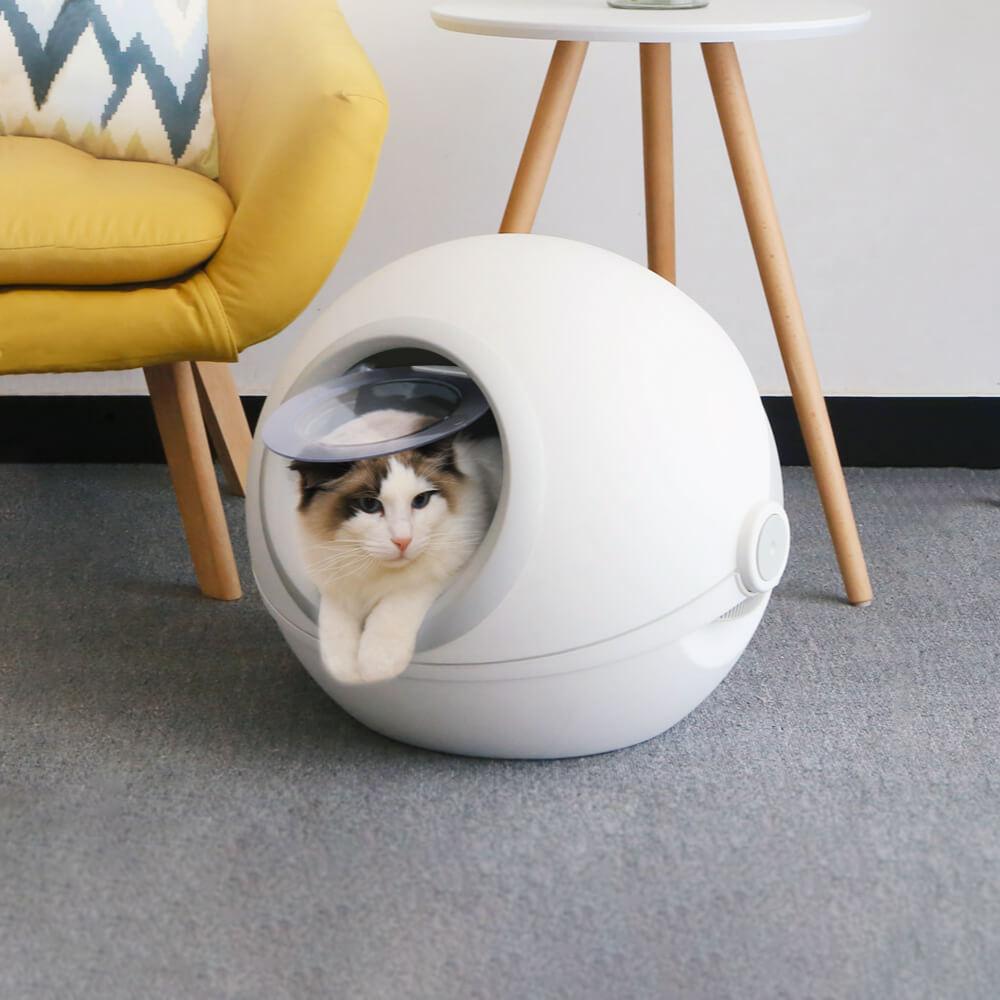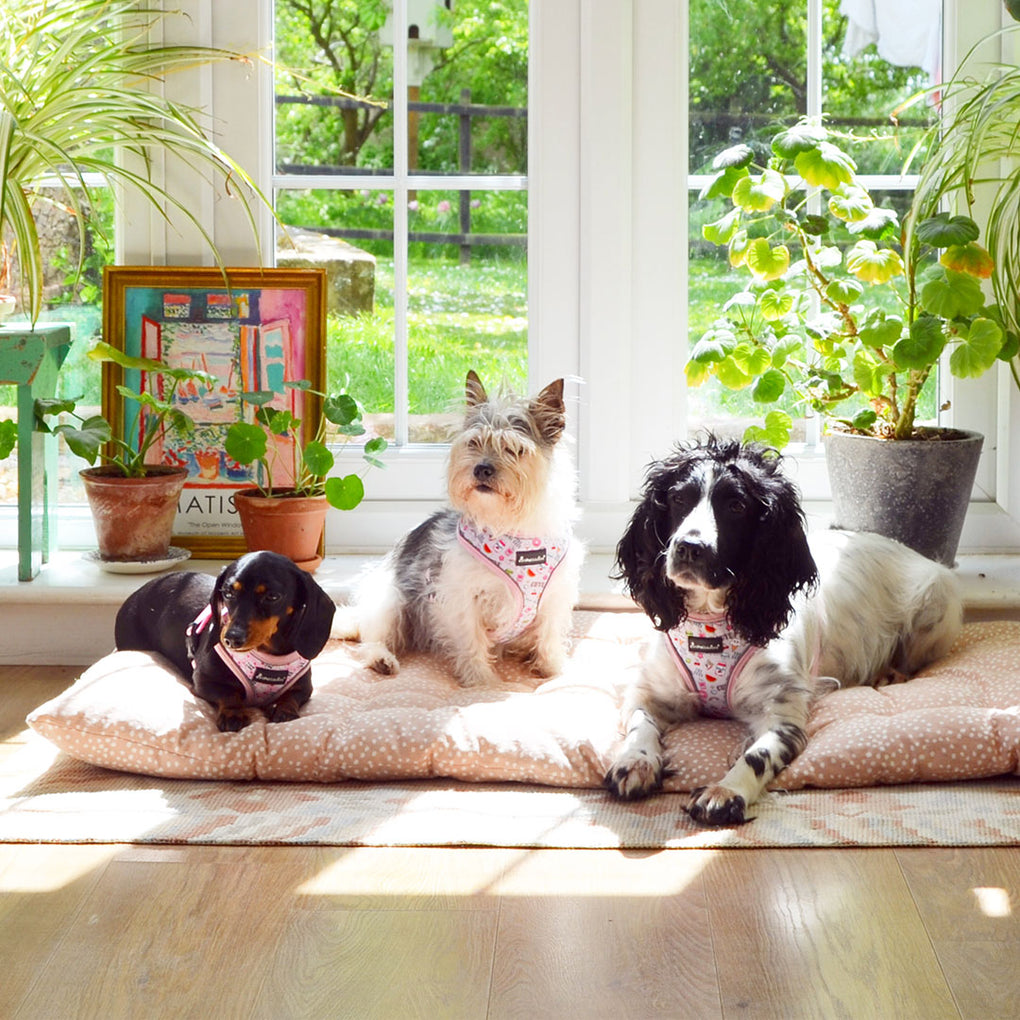How To Housetrain Your Puppy
Your puppy or dog can bring untold joy. But there are some parts of dog ownership which aren’t so pleasant - particularly when your puppy is peeing or pooping inside your house. One of the biggest challenges for new dog owners can be toilet or housetraining. Every dog is different and, while some puppies seem to pick the concept up pretty quickly, or just naturally prefer to go outside, it can take a while for others.
By following the steps below and utilizing handy toilet training methods, products and solutions, you can set yourself, and your puppy, up for success.
Get Into a Routine
Puppies and dogs like certainty. They like to know their human will always come home. They like to know they will get their food at a certain time, and they like to know when they are going for a walk. Quickly getting into a routine can also help with housetraining your puppy.
Be aware that, particularly if your dog is young, they won’t be able to hold their bladder for hour upon hour. As a general rule, your puppy can probably hold on for around an hour per month of age so don’t go for extended periods of time without offering them a toilet break. Otherwise, they are bound to have an accident indoors.
Take your puppy outside to give them the chance to go to the toilet immediately after they wake up, after eating, when they’ve been playing, and before bedtime.
Choose The Same Spot
You know where you don’t want your puppy to pee. But, where do you actually want them to do their business. Don’t just let them wander around the garden at first but choose the place you want them to go to the toilet, lead them to it, and stick to the same place each time.
They will soon associate that area with going to the bathroom. You can use a cue word when they start to pee or poo so they associate that word with going to the toilet. When they do go where you want them to, make sure you give them plenty of praise. You can praise verbally or through clicker training.
Looking Out For The Signs
Just as you wouldn’t take your toddler’s nappy off and allow them to roam the house while potty training, make sure you can supervise your dog. That way, you will be more aware of the signs that they need to go to the bathroom and you can take them straight outside. You may notice them circling, sniffing, whining. Or, if they have started to get the hang of it, they may head for the door.
You can even train your puppy to ring a bell to let you know they need to go to the toilet. The Company of Animals toilet training bell is designed to hang next to the door, or on the door handle, and you train your dog to use it in conjunction with clicker training.
If you are busy at home, you could tether your dog to you, or you could pop their lead around your chair if you are working, for example.
If you really can’t watch them, it’s best to confine your dog so that they don’t find a spot in the house to use as a toilet. Get your puppy used to a crate. It should be just large enough so they have enough room to sit down, stand up and turn around in, but not so big that they use one area as a toilet. The idea is they won’t want to defecate where they will have to sit. Are
Puppy Pee Pads Helpful?
So far, we’ve talked about taking your puppy outside to toilet train them. However, puppy pads can also be a useful training tool to get your dog to the point where they eventually pee outside.
Or, you may actually want to train your dog to go to the toilet inside. Perhaps you have a small dog, you live in an apartment and you would rather they went to the toilet on the balcony, for example, rather than having to take them outside each time.
Either way, pee pads can be used in training. The idea is to give your puppy a place where they know it is acceptable to go to the toilet. To encourage your puppy to use the pad, you could use a training aid spray. You spray these directly onto the training pads and the scent attracts a puppy to pee there.
If you want your puppy to pee inside, you can locate the pad in your chosen spot. If the goal is to use the pad to eventually move your puppy to the outside world, then you can gradually move the location of the pad towards the door before it is eventually outside. It can be helpful to continue using the pad outside, perhaps decreasing the size of the pad, until your puppy realizes that they should pee on the grass.
Cleaning Up
It is inevitable that accidents will happen. It’s all part and parcel of housetraining. If you do spot your dog in the process of peeing or pooping inside the house, you can make a noise designed to startle but not scare them to make them aware that their behaviour isn’t acceptable. Then, lead them straight outside.
If you simply find that they have been to the toilet somewhere and you only notice after the event, there is no point in punishing them, and rubbing their nose in it won’t help. They will not associate their behaviour with the punishment.
Instead, be sure to thoroughly clean up the area where they have defecated. Otherwise, they will be more likely to use that place again as their toilet. When you’ve cleaned up, also use an odour removing spray so they can’t smell urine anymore. This should ensure they don’t continue to use this area as a bathroom.
House Training An Adult Dog
Is there a difference between housetraining a puppy and an adult dog? Many people may find that they adopt an adult dog, for example, only to discover that he or she has either never been properly housetrained, or that their new pet lapses into unwanted behaviour. The good news is, it can actually be reasonably easy to teach an adult dog this new trick, particularly if you use a confinement or crate training method.
Keep Up The Good Work!
Whether you are training an adult dog or a puppy, two things are key - patience and consistency. By sticking to a routine and being consistent, even when you have the odd mishap, your puppy or dog will soon realise what is expected of them.

